[Test Drive Report] Macan GTS – Understanding the Differences Between Early and Later Models
公開日:2021.08.05
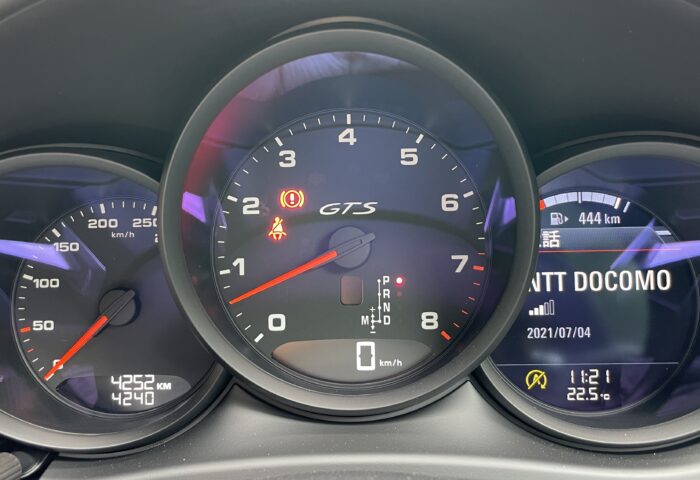
My husband had the opportunity to test drive the Porsche Macan GTS and wrote up his impressions. Please take a look if you’re interested.
Recently, the facelifted Macan model was announced, and around the same time, we had the chance to test drive the later version of the Macan GTS (which will eventually be called the mid-cycle model). This time, I’d like to focus on comparing it with the earlier Turbo model I had driven before.
コンテンツ
Macan GTS
This Macan is a 2021 model year (MY2022) GTS, dressed in a sophisticated Volcano Grey Metallic. It features 20-inch RS Spyder wheels, body-colored emblems, and Alcantara GTS sport seats that give it a very sporty vibe.
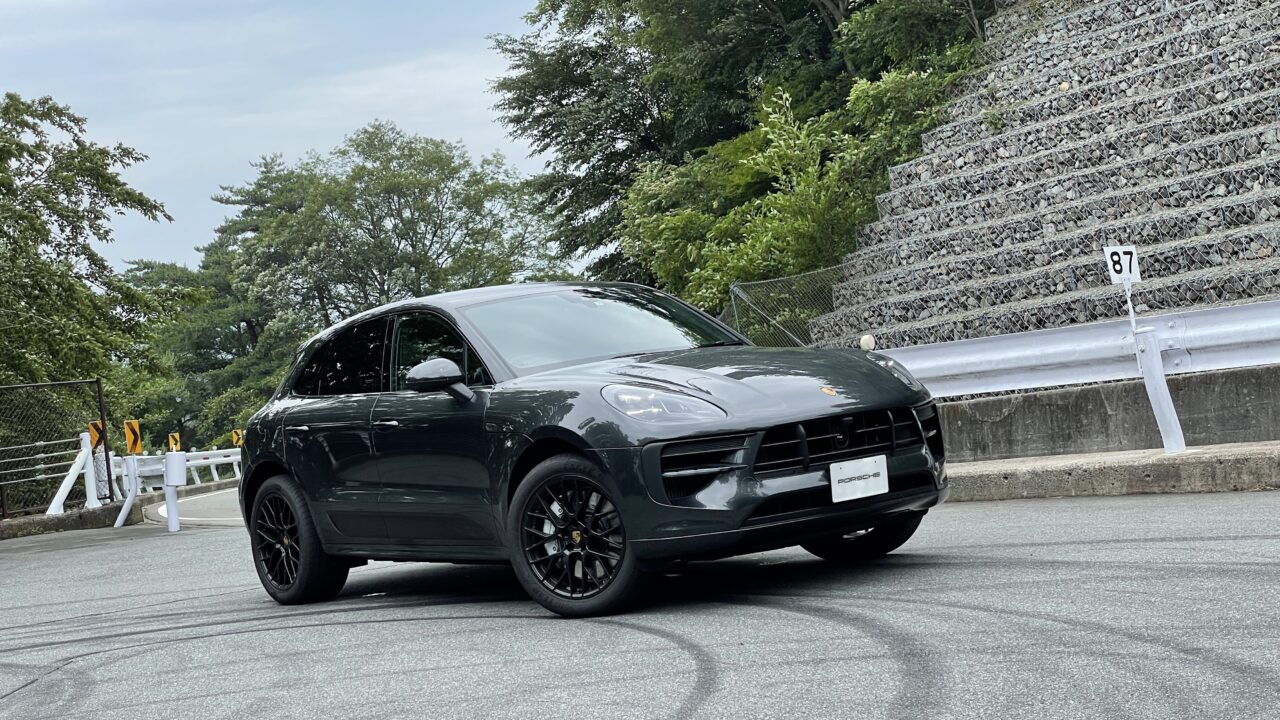
As a GTS, it comes standard with the sport exhaust and sport design package. It’s also equipped with the Sport Chrono package, PSCB (Porsche Surface Coated Brake), and PTV Plus (Porsche Torque Vectoring Plus), making it a thoroughly performance-oriented vehicle.
So far, I’ve driven two earlier Macan Turbos, and I’ve also written a test drive report on them, but this is my first time driving a post-facelift model.
Test Driving the Macan GTS – First Impressions
When you start the engine, it wakes up with a loud sound befitting the GTS. The volume is about the same as the earlier Turbo model. The 2.9L V6 engine produces 380ps.
Once underway, the PDK shifts very smoothly. Or rather, gently. The speed rises effortlessly, and this GTS naturally retains the sporty character typical of the Macan. This particular model had coil springs instead of air suspension, but honestly, you’d hardly notice unless told.
If anything, the coil springs feel like they have a firmer core within the stroke and seem to offer better damping. Of course, if you compared them side-by-side, the air suspension would feel more comfortable, but under normal driving, the difference is barely noticeable.
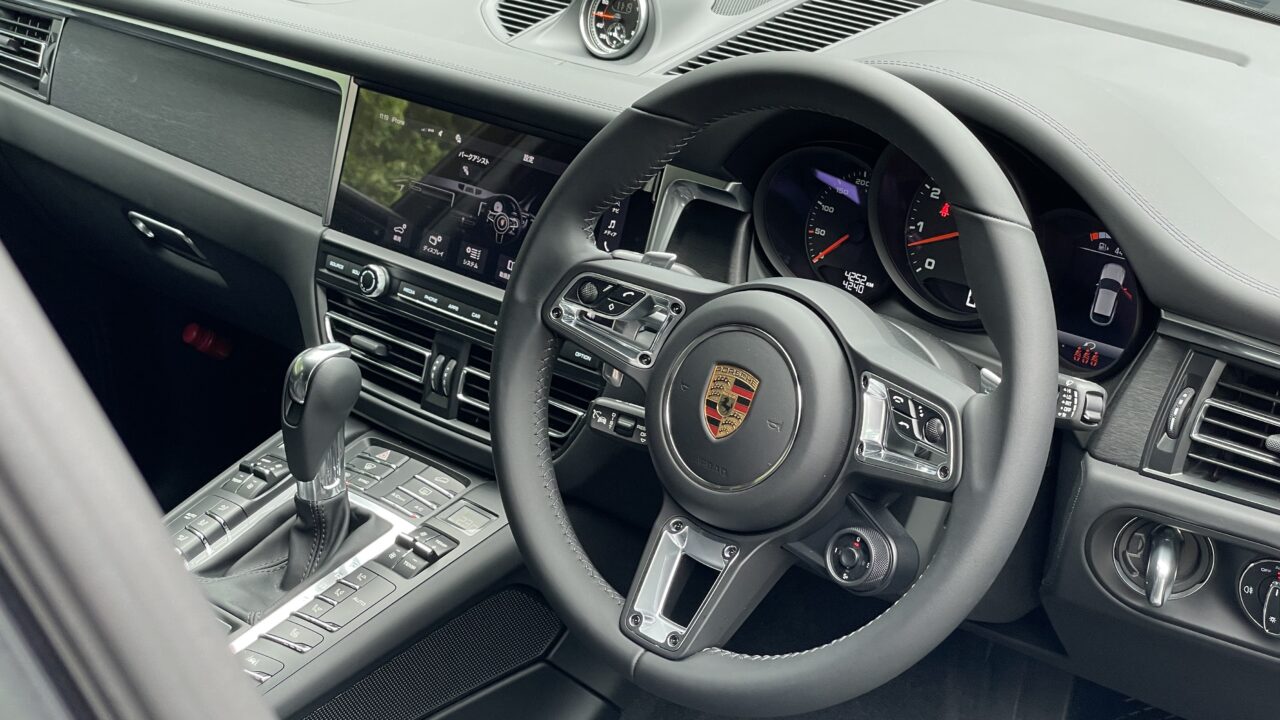
There’s no need to elaborate on the Macan’s driving performance, but switching to Sport mode and entering a corner, nothing unexpected happens. It powers through with the confidence of a typical sports car. Trying to find differences from the earlier model in terms of behavior reveals almost none. When you sharpen your senses and corner deliberately, there’s a slight difference: the later model’s behavior is just a bit milder, or rather, it feels easier to drive and more refined.
Of course, the difference between air suspension and coil springs is significant, but my impression is that the earlier model was a bit more playful, while the later model leans toward stability. However, this is a very subtle difference and individual cars may vary, so please take it as a rough guide.
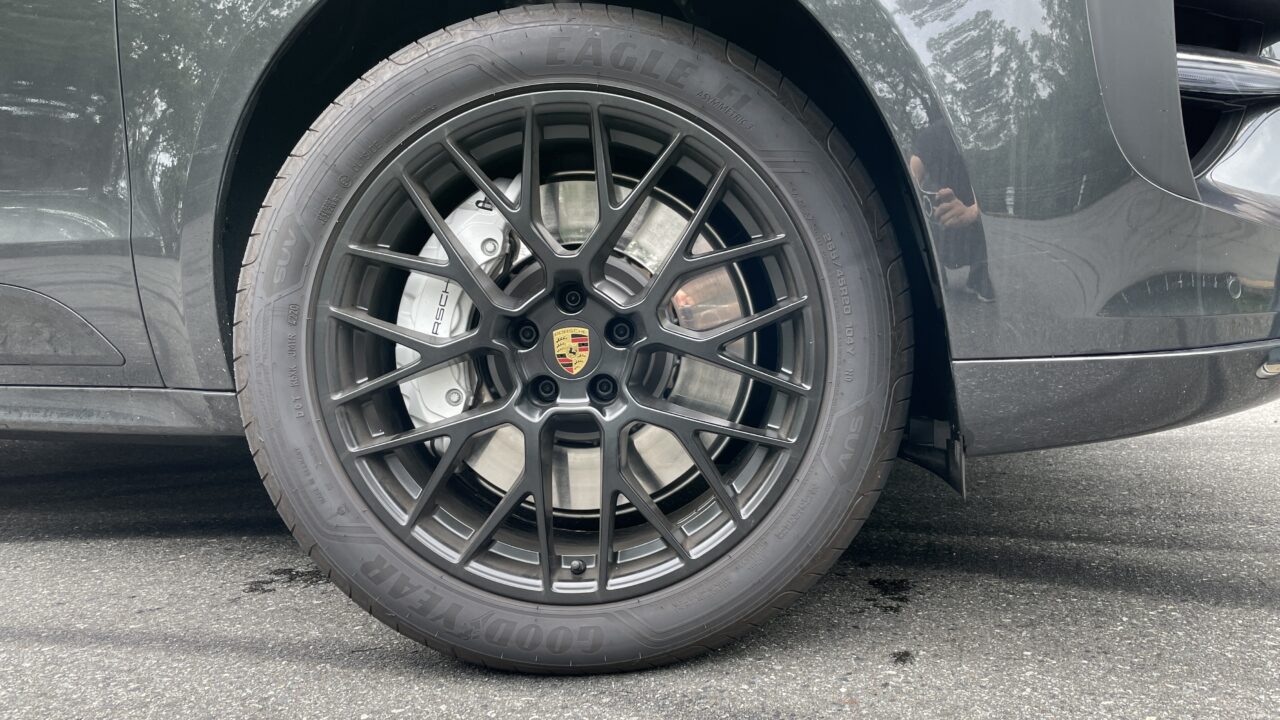
Another thing not to forget is the effect of the PSCB brakes. According to Porsche’s official explanation:
The innovative Porsche Surface Coated Brake features tungsten carbide coating on conventional gray cast iron discs. This not only provides excellent wear resistance but also improves the friction coefficient, enhancing brake responsiveness. Brake dust is reduced, and the lifespan of gray cast iron brakes is extended by 20–30%. Visually, the brake calipers are painted white, and the disc surface becomes mirror-like after the break-in period. PSCB is available only with wheels 19 inches or larger.
Brake dust is reportedly much reduced, making maintenance easier. The brake feel is excellent. Porsche brakes are already very good, but these respond even more precisely to pedal input. How does it compare to PCCB? That’s hard to say, but probably very few would notice the difference if they weren’t told beforehand.
Stopping power is naturally superb, and I hope this option becomes available for the 911, Boxster, and Cayman as well.
Differences in PDK and Exhaust
Next, accelerating in Sport Plus mode, I didn’t feel much difference from the earlier Turbo. That just shows how fast the later GTS is. The exhaust note is quieter than the earlier model at low speeds, but it becomes loud and GTS-like when revved. The tone seems a bit lower than the earlier Turbo’s, possibly due to the GPF (Gasoline Particulate Filter), but the sound itself is not bad.
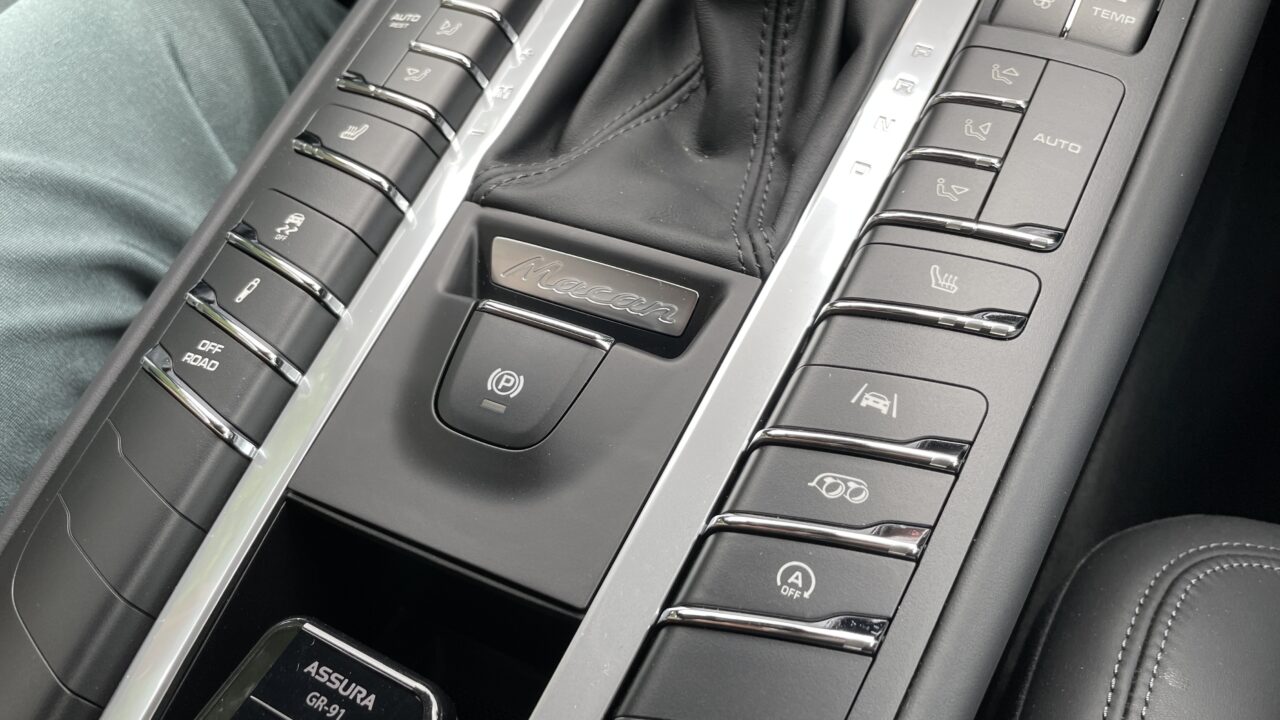
The biggest difference, in my opinion, is the PDK. Shifting with the paddle shifters in Sport Plus mode feels much more refined. Unlike the earlier model’s “Is this a 911?” kind of abrupt “bashun! bashun!” clutch engagement, the already minimal shift shock is further reduced with a more polished control. This is something I’ve noticed to some extent between the 991 and 992 generations of the 911 as well.
This control reminded me a lot of the PDK in the 971 Panamera Turbo we had at home. Naturally, in automatic mode, the shift manners are excellent and very smooth. I’ve heard that earlier Macans tend to have more drivetrain issues, so perhaps the control has been adjusted for greater reliability.
Overall Impressions of the Macan GTS Test Drive
Both early and later models share one thing: the Macan is a genuine sports car. This owner also has a 911 Narrow Body and a 356, a true Porsche enthusiast, and he said, “The driving experience is so Porsche-like that you might not even need a 911—it’s that good.” I completely understand that sentiment.
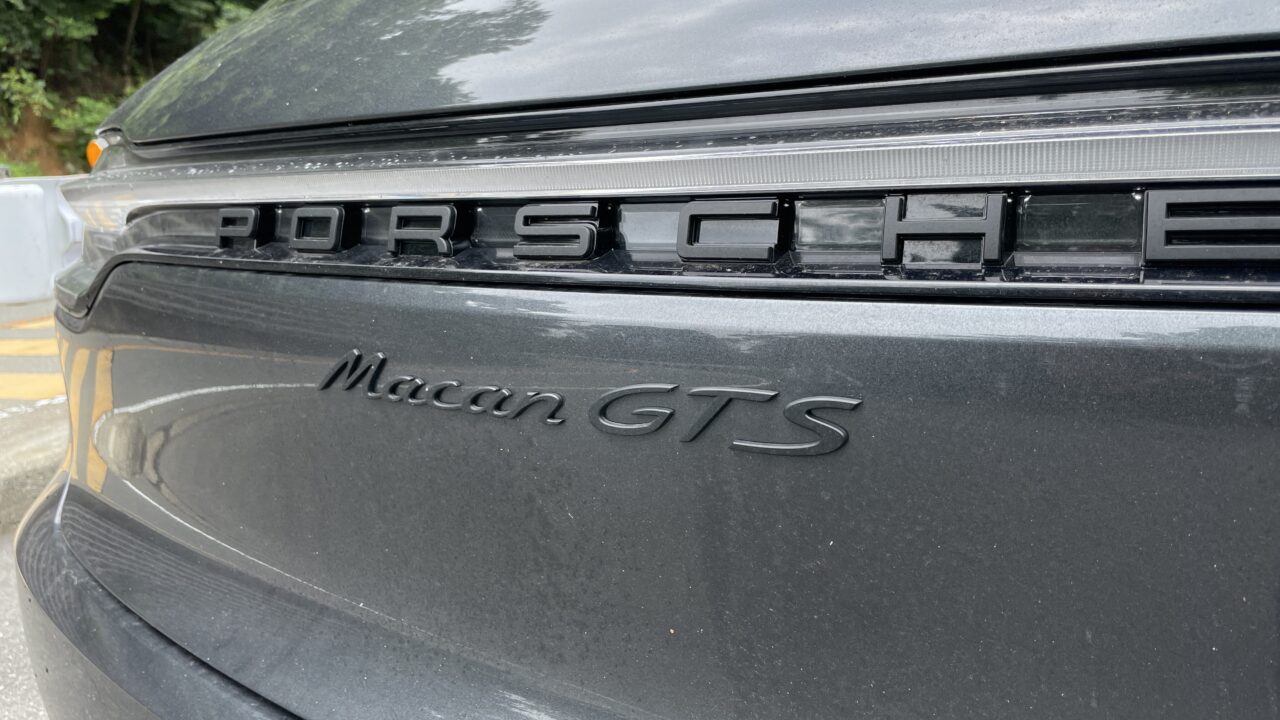
It’s a car with high driving performance, yet it can carry five people comfortably. The later model seems to have polished its comfort while maintaining its sporty character.
You could say the slightly sharp edges of the earlier model have been softened to make it a bit more friendly. Some might think that makes it less interesting, but that’s not the case.
The fun of driving remains fully intact in the later model.
I expect the new facelifted Macan will arrive in Japan soon, and I look forward to testing that one as well when the opportunity arises.
このブログが気に入ったらフォローしてね!


Comment ( 0 )
Trackbacks are closed.
No comments yet.